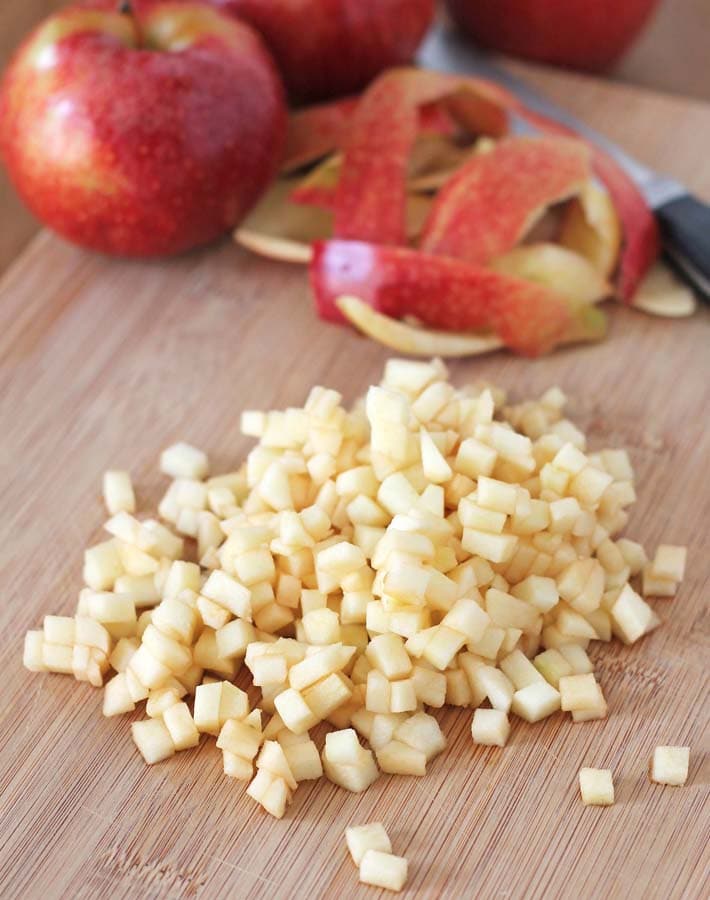Crafting the perfect charoset recipe is an art form steeped in tradition and flavor. This delectable concoction, a staple of the Passover Seder plate, symbolizes the mortar used by the Jewish slaves in ancient Egypt. But beyond its symbolic significance, charoset is a delightful blend of fruits, nuts, and spices that tantalizes the taste buds and brings joy to the table. In this comprehensive guide, we’ll explore the history of charoset, discuss its cultural significance, and delve into several mouthwatering charoset recipes to suit every palate.
Exploring the Origins of Charoset
Charoset has deep roots in Jewish history and tradition, dating back thousands of years to the time of the Exodus from Egypt. The word “charoset” itself is derived from the Hebrew word “cherev,” meaning clay or mortar, symbolizing the building material used by the enslaved Israelites in Egypt. While the exact ingredients of charoset have evolved over time and vary among different Jewish communities, the core elements typically include a mixture of fruits, nuts, wine, and spices.
Cultural Significance of Charoset
Beyond its symbolic representation on the Seder plate, charoset holds deep cultural significance for the Jewish people. It serves as a reminder of the bitter experiences of slavery and oppression, while also symbolizing the sweetness of freedom and redemption. The variety of ingredients in charoset reflects the diversity of Jewish communities around the world, with each region adding its own unique twist to the recipe.
Crafting the Perfect Charoset Recipe
Now, let’s embark on a culinary journey to create the perfect charoset recipe. Below, we’ll explore several variations of this beloved dish, each offering a unique blend of flavors and textures.
Classic Ashkenazi Charoset
Ingredients:
2 apples, peeled and finely chopped

1 cup walnuts, finely chopped
1 teaspoon cinnamon
2 tablespoons honey
¼ cup sweet red wine
Instctions for Preparation
1. In a large bowl, combine the chopped apples and walnuts.
2. Sprinkle the cinnamon over the mixture and stir to combine.
3. Drizzle the honey and wine over the mixture, stirring until well coated.
4. Cover and refrigerate for at least one hour before serving.
Sephardic Charoset with a Twist
Ingredients
1 cup almonds, finely chopped
2 ripe pears, peeled and diced
2 tablespoons date syrup
½ teaspoon ground ginger
¼ cup dry red wine
Instructions For Preparation
1. Place the diced pears and chopped almonds in a bowl.
2. Add the ground ginger and date syrup, mixing well.
3. Pour the red wine over the mixture and stir until thoroughly combined.
4. Chill in the refrigerator before serving to allow the flavors to meld.
Mediterranean Inspired Charoset
Ingredients
1 ripe pomegranate, seeds removed
1 cup pistachios, chopped
1 teaspoon orange zest
2 tablespoons pomegranate molasses
¼ cup white wine
Instruction for Preparation
1. Combine the pomegranate seeds and chopped pistachios in a bowl.
2. Add the orange zest and pomegranate molasses, stirring gently.
3. Pour the white wine over the mixture and toss to coat evenly.
4. Refrigerate until ready to serve, allowing the flavors to develop.
Savoring the Flavors of Tradition
In conclusion, crafting the perfect **charoset recipe** is a labor of love that pays homage to centuries of tradition and history. Whether you prefer the classic Ashkenazi version with apples and walnuts or opt for a more exotic twist with Mediterranean-inspired ingredients, **charoset** is sure to delight your senses and elevate your Passover Seder experience. So gather your ingredients, unleash your creativity, and embark on a culinary journey that celebrates the richness of Jewish heritage and the joy of togetherness.
FAQs (Frequently Asked Questions)
Q1: Can I make charoset ahead of time?
A: Absolutely! In fact, many people find that charoset tastes even better when prepared a day or two in advance, allowing the flavors to meld together. Simply store it in an airtight container in the refrigerator until you’re ready to serve.
Q2: Are there any variations of charoset for dietary restrictions?
A:Yes, charoset can easily be adapted to accommodate various dietary restrictions. For example, you can make a nut-free version using seeds such as pumpkin or sunflower seeds, or opt for a sugar-free version by using natural sweeteners like date syrup or honey.
Q3: Can I customize the charoset recipe to suit my taste preferences?
A: Absolutely! One of the joys of making charoset is that it’s highly customizable. Feel free to experiment with different combinations of fruits, nuts, spices, and sweeteners until you find the perfect balance of flavors that suits your palate.